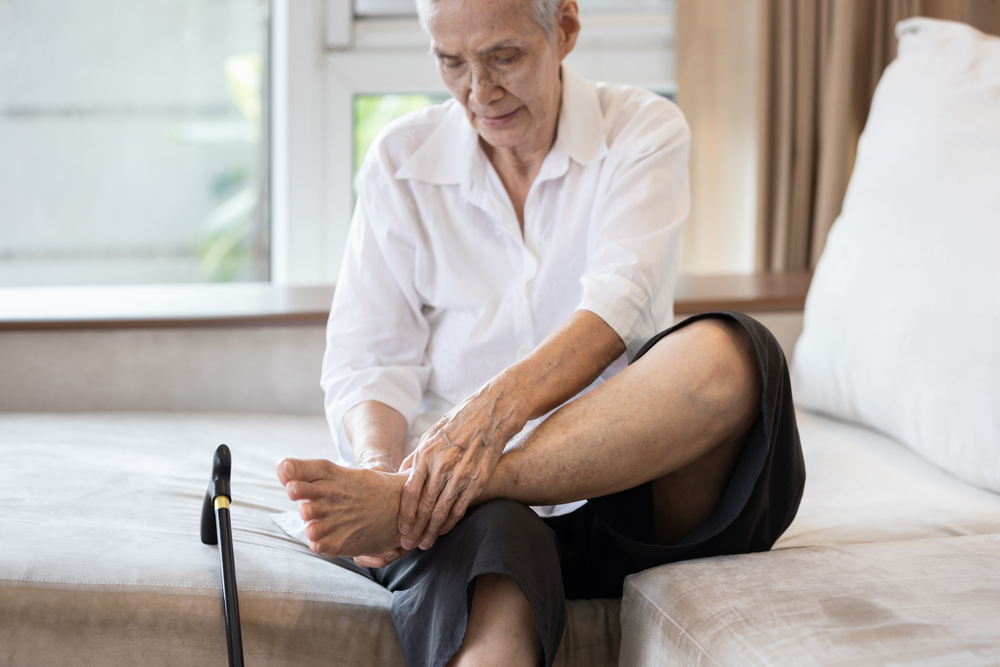Unlike the pain from a cut or a broken bone, neuropathic pain doesn’t start with an injury to your body’s tissues. Instead, it comes from damage or dysfunction within the nervous system itself. This complex condition can be confusing and debilitating. Understanding the primary neuropathic pain causes and recognizing the distinct neuropathic pain symptoms are the first steps toward finding effective relief. Fortunately, a range of new treatments for neuropathic pain are offering hope to those who suffer from it, moving beyond traditional methods to provide more targeted and sustainable solutions. Visit the best Pain Management Clinic in Brooklyn at Doral Health & Wellness, or log on to www.doralhw.org to schedule an appointment with us.
Common Neuropathic Pain Causes
Neuropathic pain arises when nerve fibers are damaged, disturbed, or not working correctly. The nerves send incorrect signals to pain centers in the brain, resulting in chronic discomfort even when there is no obvious injury. Several conditions and events are known to cause neuropathic pain.
Diabetes
One of the most common causes is diabetic neuropathy. High blood sugar levels over a long period can damage nerves throughout the body, most often in the legs and feet. This leads to the classic burning, tingling, and numbness associated with nerve pain.
Injury or Trauma
Direct injury to nerves during an accident, a fall, or surgery can lead to neuropathic pain. For example, a herniated disc in the spine can compress a nerve root, causing sciatica, a type of radiating nerve pain. Amputation can also lead to phantom limb pain, a complex neuropathic condition.
Infections
Certain viral infections are notorious for causing nerve damage.
- Shingles: Caused by the same virus as chickenpox, shingles can lead to a painful condition called postherpetic neuralgia that persists long after the rash is gone.
- HIV/AIDS: The virus itself, as well as some medications used to treat it, can damage the peripheral nerves.
Other Medical Conditions
Various other health issues can trigger neuropathic pain, including:
- Multiple sclerosis (MS)
- Stroke
- Chemotherapy-induced peripheral neuropathy
- Chronic alcohol use
Recognizing Neuropathic Pain Symptoms
The sensations of neuropathic pain are often different from other types of pain. They are frequently described in ways that don’t sound like a typical ache. Recognizing these unique neuropathic pain symptoms is key to an accurate diagnosis from qualified pain management doctors.
Common symptoms include:
- Burning, shooting, or electric shock-like pain: This pain can be spontaneous or triggered by a light touch.
- Tingling and numbness: Often described as a “pins and needles” sensation.
- Allodynia: This is pain caused by a stimulus that wouldn’t normally cause pain, such as the light touch of a bedsheet on the skin.
- Hyperalgesia: This is an exaggerated pain response to a stimulus that is normally only mildly painful.
- Loss of balance or coordination: This can occur if the nerves responsible for motor function are affected.
New Treatments for Neuropathic Pain
Treating neuropathic pain can be challenging, as it often doesn’t respond well to standard painkillers like ibuprofen or acetaminophen. However, significant progress has been made, and many new treatments for neuropathic pain are now available at a specialized pain medical clinic.
Advanced Medication Management
While some older medications like certain antidepressants and anti-seizure drugs are still effective, newer options offer targeted relief with fewer side effects. Medicated creams and patches that deliver numbing agents like lidocaine directly to the painful area can be very effective for localized pain. A skilled physician is crucial for managing these complex medication regimens.
Interventional Pain Management
For more persistent pain, interventional techniques can offer significant relief by directly targeting the problematic nerves.
- Nerve Blocks: An injection of an anesthetic and/or steroid medication around a specific nerve can “turn off” pain signals.
- Radiofrequency Ablation (RFA): This procedure uses an electrical current to heat a small area of nerve tissue, interrupting pain signals on a long-term basis.
- Spinal Cord Stimulation (SCS): A small, implanted device delivers mild electrical impulses to the spinal cord. These impulses mask or interrupt the pain signals before they can reach the brain. Modern SCS systems are highly sophisticated and can be programmed to a patient’s specific needs.
- Dorsal Root Ganglion (DRG) Stimulation: This is a highly targeted form of neuromodulation that focuses on the dorsal root ganglion, a bundle of nerve cell bodies. It is particularly effective for complex regional pain syndrome (CRPS) and neuropathic pain in specific areas like the foot or groin.
Regenerative Medicine
Emerging therapies aim to heal the damaged tissues that may be contributing to nerve irritation. Treatments like Platelet-Rich Plasma (PRP) use components from your own blood to promote healing and reduce inflammation around affected nerves.
Finding the Right Help
Neuropathic pain is a complex condition that requires a specialized approach. Self-diagnosing or ignoring the symptoms can lead to worsening pain and a decreased quality of life. If you are experiencing any of the neuropathic pain symptoms described above, it is essential to seek a professional evaluation.
Consulting with experienced pain management doctors in Brooklyn or your area can provide you with an accurate diagnosis and a personalized treatment plan. A comprehensive pain medical clinic will explore all options, from medication management to the latest interventional procedures, to find the right solution for you. With the right care, you can manage your symptoms and reclaim control over your life. Visit Doral Health & Wellness Pain Relief Department in Brooklyn, to get professional help and guidance on how to manage your problem. Call us on + 1-718-367-2555 to get a consultation. If you need help learning coping methods, register your information and make direct contact with our doctors at https://yuz88hfiyh7.typeform.com/Doralintake. Log on to www.doralhw.org. Or visit us at 1797 Pitkin Avenue, Brooklyn, NY 11212.






